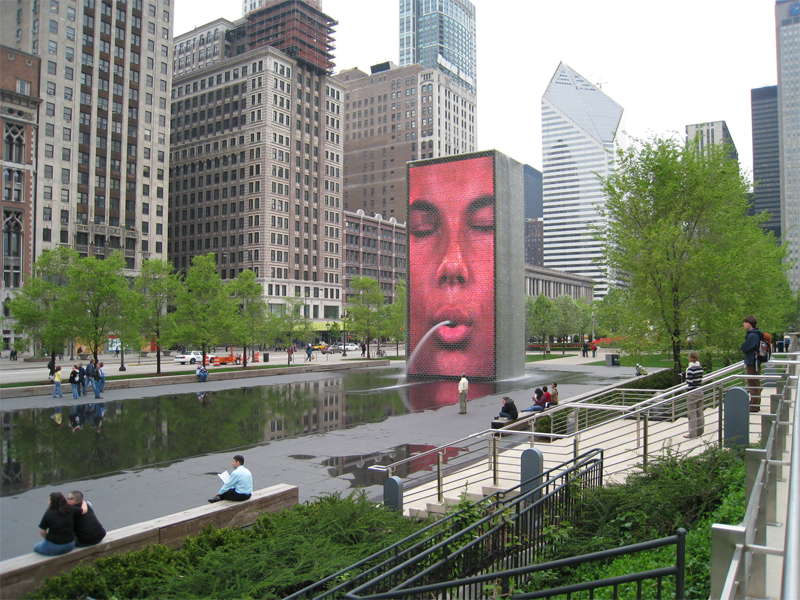Research in cognitive brain science has advanced a new framework to explain how people experience design through their emotions. Researcher and author Donald Norman and his colleagues have produced a theory of emotional design mapped to three different levels of the brain: the visceral level – the pre-wired, automatic layer; the behavioral level – for processing and controlling everyday behavior; and the reflective level – the contemplative part of the brain.
Each level plays a distinct, yet interwoven role in how people interact with things they encounter and use. The ways in which these three levels can be combined accounts the wide variety of emotional experiences people have with the man-made world. The three levels also provide valuable insights to anyone responsible for creating human-centered places. Here are 3 examples:
Visceral Design
Is concerned with immediate emotional appeal – the human propensity to establish an instant bond to something attractive, often visual, but possible through any of the senses. The visceral level is an intuitive and powerful reaction to stimulus. The visceral level acts fast, but it can also fade fast.
In architecture this is the “look and feel” of a place before any familiarity has been established. For design, this is the art of making strong first impressions – it may or may not turn out to be a long term relationship – that depends on the next two levels of emotional design.

Behavioral Design

no hands, one touch faucet
Is about usability and performance. In product design this is the core of what usability designers focus on. In architecture it is how the building functions for users and how it performs environmentally. Until recently it was not uncommon for buildings to skip both of these constraints.It is only after some period of engagement that people come to appreciate the full breadth of behavioral design embodied in a design. Interestingly, things that are well designed visually are perceived by people to work better. Researchers have demonstrated that in side-by-side testing of two identically functioning objects, the more visually attractive one is consistently rated as easier to use and better designed.
Reflective Design
The third level of emotion is about meaning, message, and resonance. It’s the sense of sustained or growing value over time. At one end it’s about inward self-image – how people feel on the inside. At the other end it’s about the messages and meanings that buildings send outwards.

Reflective emotion is the comprehension that visceral and behavioral design have successfully merged and are emotionally satisfying over time. These places form lasting relationships with people and can act to reinforce positive stories of a place over time.
The successful design of human-centered buildings brings these three levels of emotional design together. Designers who are able to juggle these levels of emotional design will deliver results that contribute to the betterment of people and the environment.